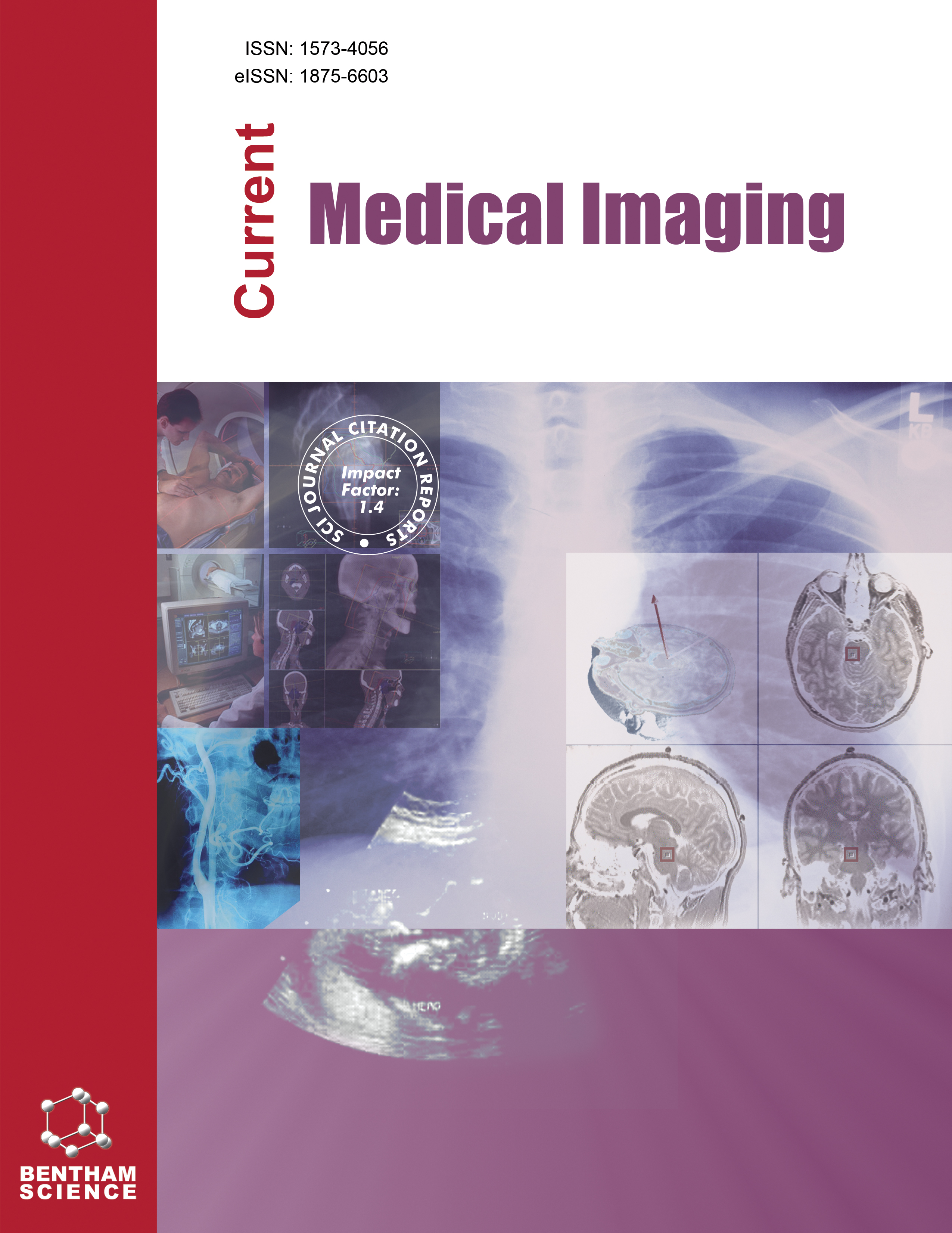-
oa Untrained Network for Super-resolution for Non-contrast-enhanced Whole-heart MRI Acquired using Cardiac-triggered REACT (SRNN-REACT)
- Source: Current Medical Imaging, Volume 20, Issue 1, Jan 2024, e15734056328337
-
- 04 May 2024
- 22 Aug 2024
- 01 Jan 2024
Abstract
Three-dimensional (3D) whole-heart magnetic resonance imaging (MRI) is an excellent tool to check the heart anatomy of patients with congenital and acquired heart disease. However, most 3D whole-heart MRI acquisitions take a long time to perform, and the sequence used is susceptible to banding artifacts.
To validate an unsupervised neural network that can reduce acquisition time and improve image quality for 3D whole-heart MRI by super-resolving low-resolution images.
The results of the super-resolution neural network (SRNN) were compared with bilinear interpolation, a state-of-the-art method known as AdapSR, and the ground truth high-resolution images qualitatively and quantitatively. Thirty pediatric patients with varying congenital and acquired heart diseases were included in this study. Results from the SRNN without a ground truth image were compared qualitatively with the contrast-enhanced whole-heart images. Signal-to-noise ratio (SNR) was used to quantitatively compare each of the methods and the high-resolution ground truth.
As confirmed by both the quantitative and qualitative results, the SRNN improves image quality. Furthermore, because it only requires a low-resolution acquisition, the use of the SRNN reduces acquisition time.
The SRNN lessens noise and eliminates artifacts while maintaining correct anatomical structure in the images.


